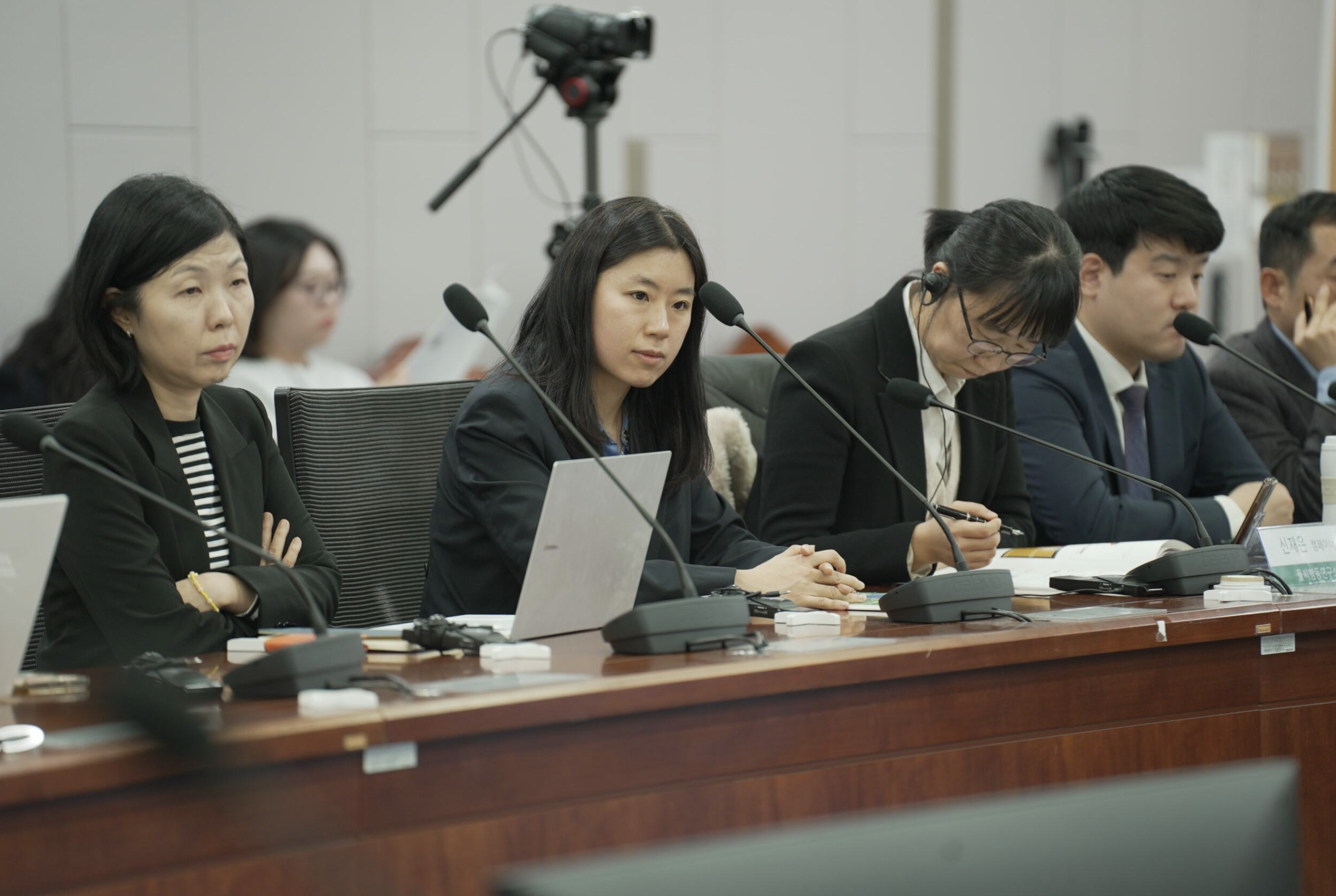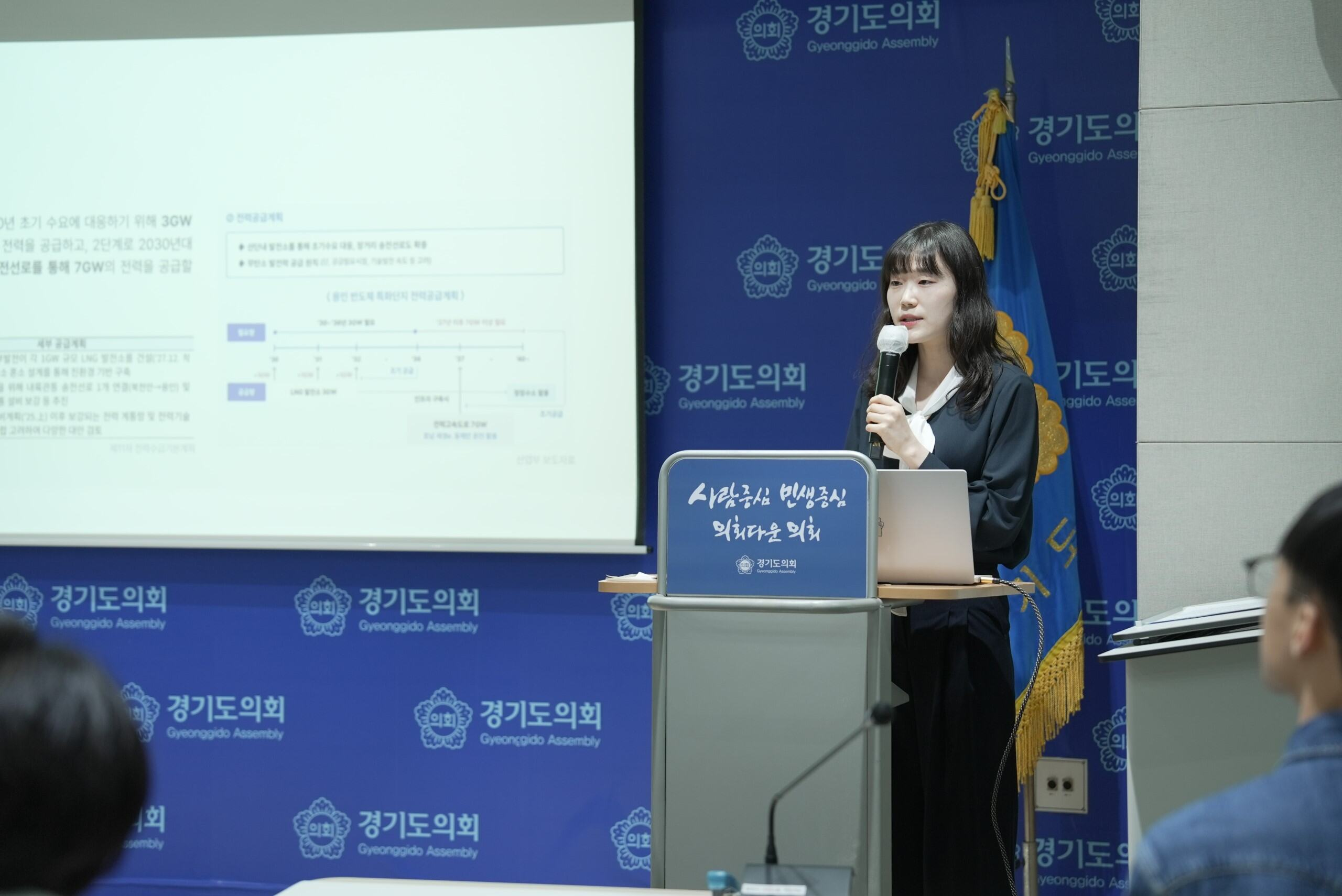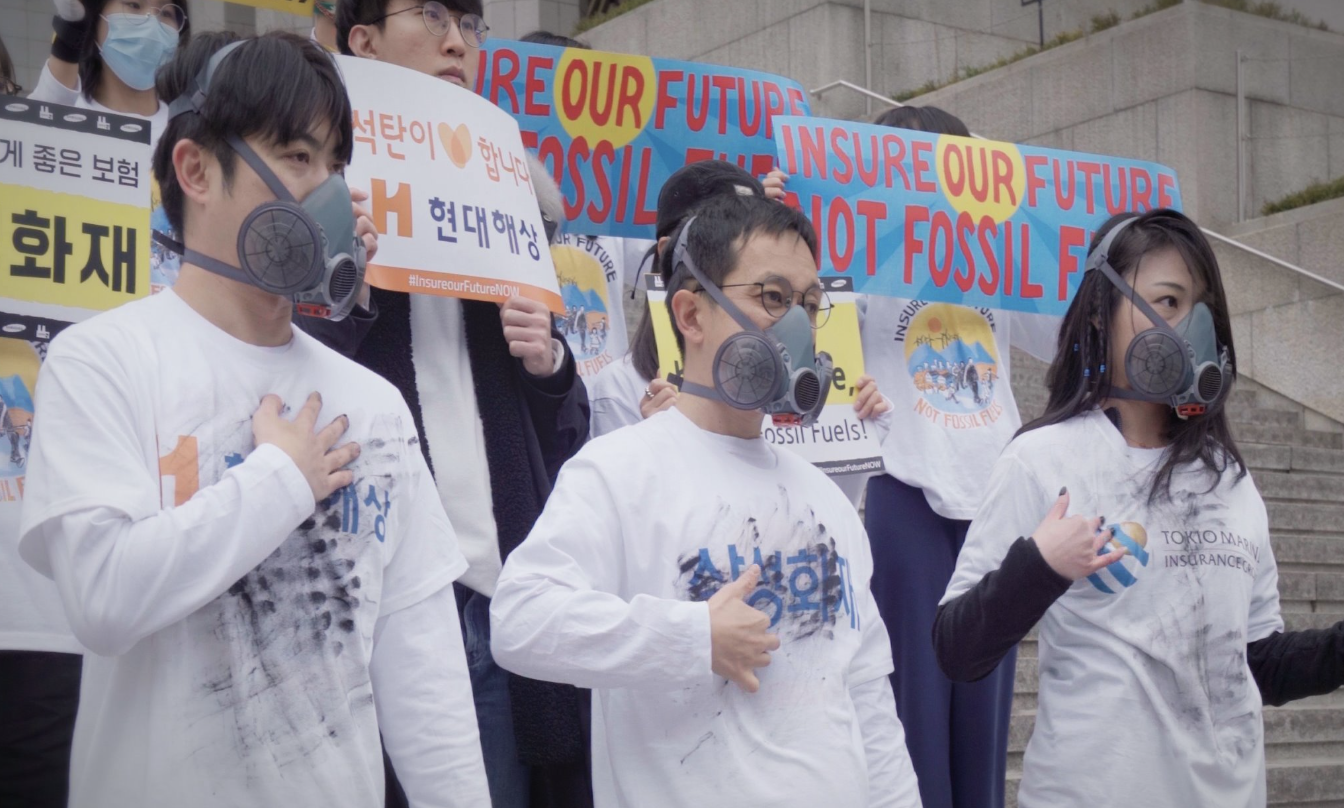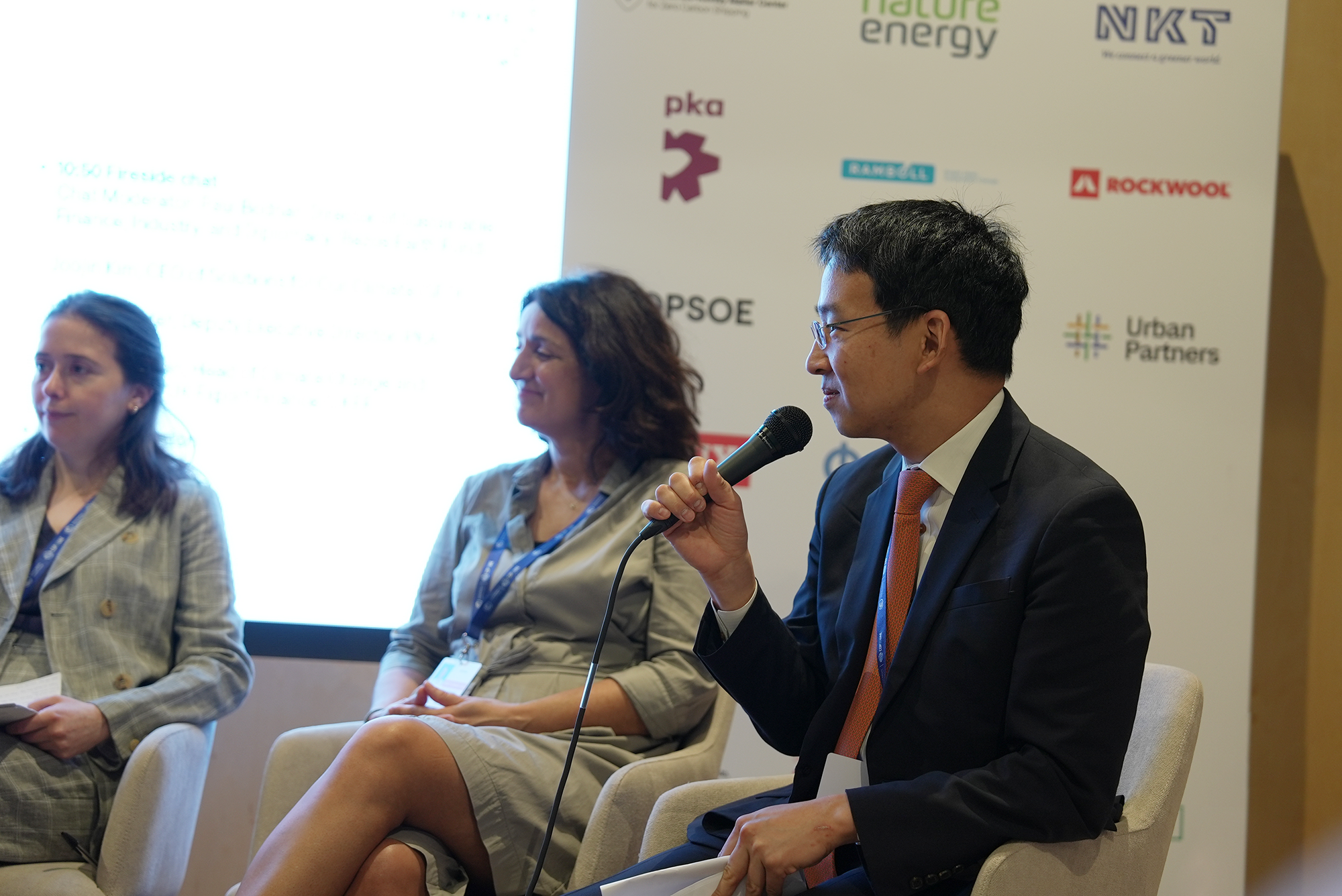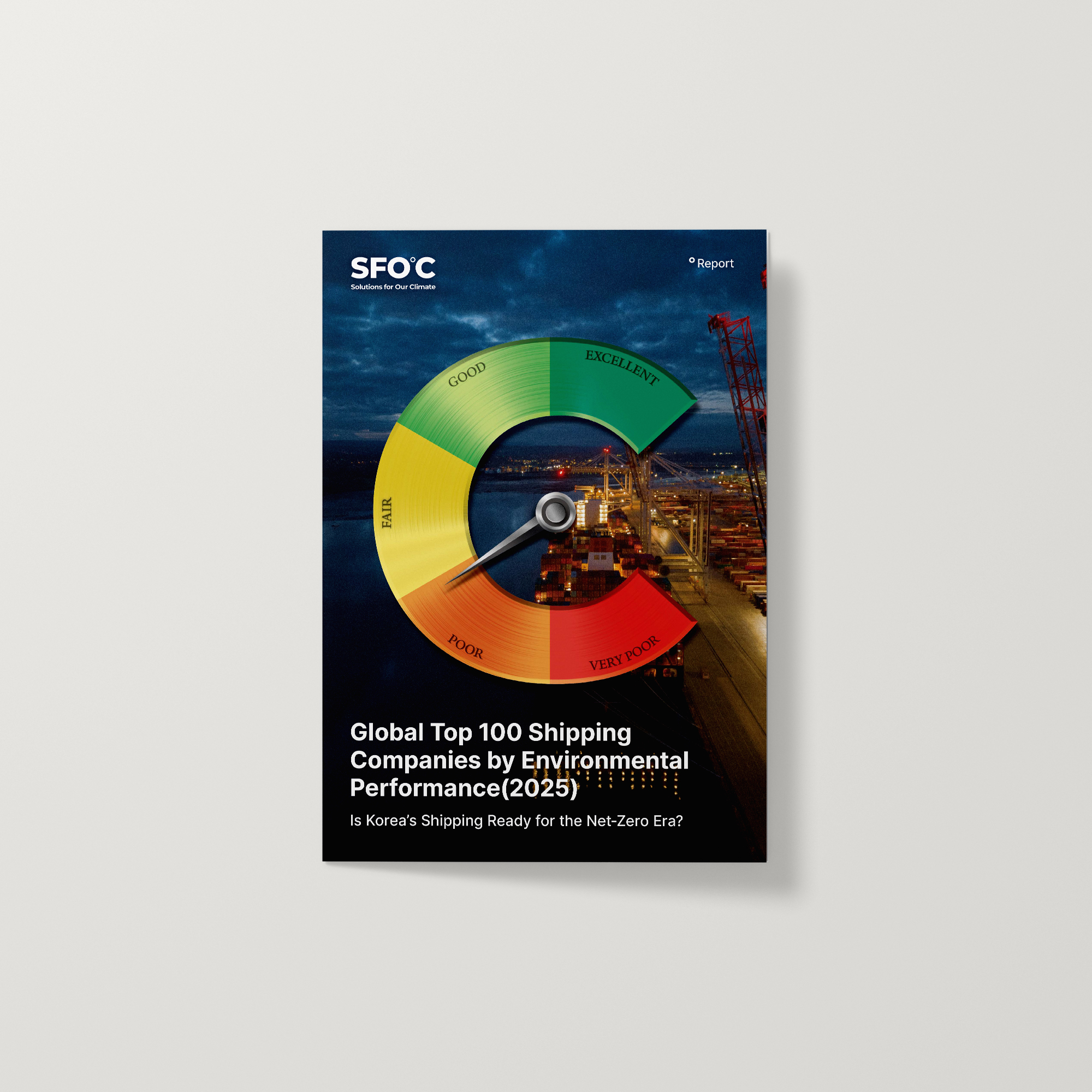
About
International shipping is a core industry underpinning national security and the economy. While cost efficiency has traditionally determined competitiveness, the 2020s have seen IMO decarbonization rules come into force, elevating greenhouse-gas reduction capability as a new determinant of competitiveness.
Accordingly, this report assesses the Korean shipping's readiness for net-zero by conducting quantitative and qualitative analyses of publicly available materials—sustainability reports, annual reports, and official websites—for the world’s top 100 shipping companies (including 11 from Korea).
Download report
Executive summary
Compared with the global average, Korean shipping companies perform strongly in the systemic disclosure of GHG reduction strategies and in reporting their responses to IMO regulations. However, they lag the global average on disclosures related to investment and fleet transition.
The environmental scores of large Korean shipping companies included in the global 100 list were above the global average with—68.40 for Pan Ocean and 65.53 for HMM. However, their performance in fleet efficiency management remains weak, and among Korea’s small- and medium-sized shipping companies, the necessary systems are largely lacking.

These achievements are not sufficient for Korea to become the green-shipping leader. Concrete plans and investment disclosures for structural decarbonization—introducing alternative-fuel vessels, replacing aging ships, and newbuilding delivery schedules—remain limited. In particular, insufficient fuel-mix transparency makes it difficult to assess real-world progress. Moreover, many bulk and tanker operators are likely already within the scope of regulation, making fleet-efficiency upgrades and transition investment unavoidable to sustain operations.
Korea’s shipping sector therefore faces a dual challenge of transparency and investment. Where transition investment is lacking, it should be scaled up immediately; where it is already under way, progress should be disclosed transparently with quantitative indicators.
Accordingly, this report sets out recommendations for companies and government as follows:
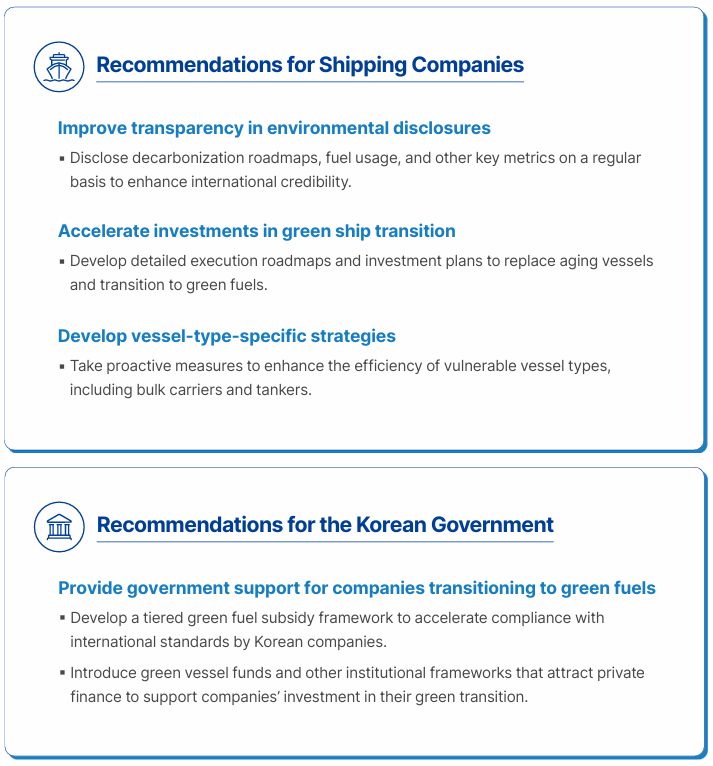










![[Report] Achieving Net Zero in International Shipping through Korea-US-Japan Green Shipping Corridor](https://content.sfoc.tapahalab.com/images/research/s11Jime.jpg)


